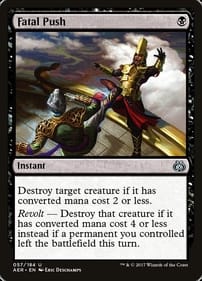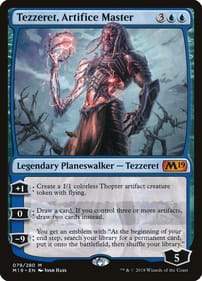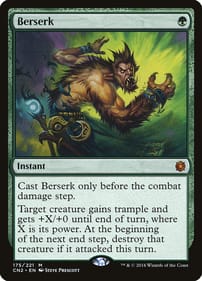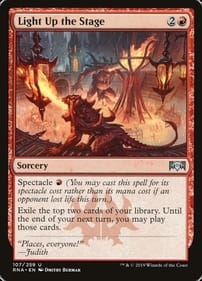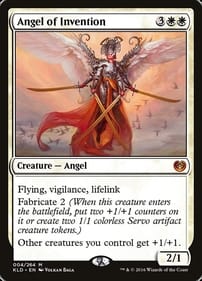In Magic: the Gathering, there are a lot of different ways to play the game, and as a new player, navigating through the different formats can be very challenging. In this blog post, we’ll present some of the most popular formats, and describe what sets them apart from the other ways to play the game.
Before diving into the different formats, we start of by noting the difference between the Limited formats, and the Constructed formats.
Limited
When playing Limited, you are, as the name implies, limited in which cards you may put into your deck. This limitation is determined by the format you are playing, but most of the time, you are restricted to cards that you, or the players in your ‘pod’ opens in a number of booster packs. Thus, in Limited formats, you must build your deck based on cards you are given, or cards you pick in a draft.
Alternatively, if you play any of the Constructed formats, you must bring your own deck to the game, and thus you have a much larger card pool to chose from. This card pool is based on the format you are playing, as different formats have different ban lists and some only allow cards from core sets.
The first Limited format we’ll discuss is Booster Draft.
Booster Draft

In Booster Draft, you construct pods of up to eight players, who are all handed 3 booster packs. Each player simultaneously opens one of these packs, keeping the cards hidden from their opponents, and choses one card from their pack. When all players have chosen a card, the remaining cards are given to the player on the left, who then choses a card from the booster. This is done simultaneously with all the opened packs; thus, each player gets to pick at least one card from each booster. When there are no more cards left to pick in the first round of booster packs, each player opens their second booster, picks one card, and gives the remaining cards to the player on their right. When the cards in the second set packs are drafted, the third set of packs are opened, and these are again passed to the left around the table.
When the drafting is done, each player must construct a deck of at least 40 cards, adding only basic lands to the cards they have drafted. Following this, a tournament with swiss pairing is typically played, resulting in one of the competitors winning the tournament.
Most of the time, these drafts are so-called ‘keeper drafts’, where the players get to keep the cards they draft, thus resulting in this format being great if you want to expand your collection or challenge your deckbuilding skills on the spot. A bit of luck is often needed, as a big pull from your booster may propel you towards victory – however, a Magic-card is only as good as the player playing it.
Furthermore, draft eliminates the possibility of ‘paying to win’, as you cannot bring your expensive and overpowered cards to the tournament.
Sealed

If you enjoy the possibility of luck playing a part, as well as the skill of being a great on-the-spot deck builder being a key factor, but you’re not a huge fan of the whole draft element, then Sealed may be the format for you.
As in draft, each player is given a number of boosters, from which they build a deck consisting of at least 40 cards, adding only basic lands. However, in this format, the booster packs you receive are not shared with anyone, and you get to keep all the cards for yourself. As you are not picking cards through a draft, you have less of a say in which cards you end up with, which may challenge your deck building skills even more. However, in this format, you can look at all your cards before settling on a strategy and you do not risk missing out on a card that would fit the strategy you ended up with, because you didn’t pick it in the draft.
This format only requires 2 players, and is the format played in each pre-release event, whenever a new Magic: the Gathering set is released. It is a great way to get to know many of the cards from the newest set.
Constructed
As opposed to playing Limited formats, one can also participate in constructed tournaments or casual games. Here, you’ll have the opportunity to bring your own deck, assuring that you play exactly the cards you wish to play. This results in a higher power level of decks, as players are able to focus and optimize their decks based on previous games.
We’ll start off with the most standard way of playing Magic, fittingly called Standard.
Standard

In Standard, each player constructs a deck of at least 60 cards, with an allowed sideboard of up to 15 cards, that can be put into the deck between games. The deck may only contain a maximum of 4 copies of each card, apart from basic lands. A set of 4 copies of a given card is normally called a ‘playset’. The decks must be constructed from the set of allowed cards, which rotates every year. As new Magic expansion and core sets are printed, new sets are added to the standard rotation, and when the 9th set is added, the oldest four sets rotate out of the format. This results in the players always having card from between 5 and 8 sets available to them. This happens once a year, and more specifically when the fall set releases. You can find a list of the sets that are currently legal in Standard here: https://magic.wizards.com/en/formats/standard
Modern

Modern resembles Standard in many ways, having the same restrictions to deck size, sideboards, as well as only allowing playsets in your combined deck and sideboard. However, as opposed to Standard, Modern is not a rotating format, meaning that cards do not leave the pool of legal cards, as long as they are not banned. Furthermore, whenever a new expansion or core set is released, the cards enter the card pool of Modern, causing the card pool to expand over time. One should note that not every released Magic set is legal in modern, as only cards from expansion sets and core sets from ‘Eight Edition’ forward, as well as ‘Straight-to-Modern’-sets, including ‘Modern Horizons’, ‘Modern Horizons 2’ and ‘The Lord of the Rings: Tales from Middle-Earth’, are allowed. As the card pool in non-rotating, several strategies tend to stay popular and powerful, however, the addition of new cards, as well as the banning of existing cards, sometimes shake up the ‘meta’, resulting in new card and strategies seeing more play, and some strategies falling out of favor. You can find the sets that are legal in Modern here: https://magic.wizards.com/en/formats/modern, while the list of Modern banned cards can be found here: https://magic.wizards.com/en/banned-restricted-list#modern-banned
Modern gives you the opportunity to master you deck over time, as you will be able to play it over and over again for as long as you wish, resulting in you getting acquainted with your deck’s strengths and weaknesses. If you want to test your skills, The Card Collective hosts a weekly Modern-tournament along with Spilforsyning every Thursday at 18:00 on Bispensgade 34 in Aalborg. You’ll be able to win promo booster packs as well as Store Credit prizes. Check out the events here: https://spilforsyningen.dk/pages/magic-the-gathering
Pioneer

As in both Standard and Modern, each Pioneer player must construct a deck of at least 60 cards, while a sideboard of at most 15 cards is also allowed. Furthermore, the same rules regarding playsets apply. The format differs from Standard and Modern the same way that Standard and Modern differs from each other; by the allowed sets. Pioneer aims to be a more powerful format than Standard, while being less powerful than Modern, allowing all non-banned cards released in expansion or core sets since ‘Return to Ravnica’, as well as cards printed in that specific set. Thus, Pioneer is non-rotating, the same way as Modern, allowing you to play the same deck for many years. The list of all Pioneer legal sets can be found here: https://magic.wizards.com/en/formats/pioneer, while the list of Pioneer banned cards are found here: https://magic.wizards.com/en/banned-restricted-list#pioneer-banned.
Legacy

In Legacy, cards from every single Magic set are allowed, resulting in players being able to build some of the most powerful decks of any format. As with most other constructed formats, your deck size is 60, a sideboard of 15 is allowed, and you are only allowed to include a playset of each card that is not a basic land. The list of Legacy banned cards is found here: https://magic.wizards.com/en/banned-restricted-list#legacy-banned.
Vintage

In Vintage, cards from every single Magic set are allowed, with fewer cards being either banned or restricted than in Legacy, resulting in players being able to build the most powerful decks of any format. As with most other constructed formats, your deck size is 60, a sideboard of 15 is allowed, and you are only allowed to include a playset of each card that is not a basic land. The list of Vintage banned cards is found here: https://magic.wizards.com/en/banned-restricted-list#vintage-banned. A card being restricted means that players are only allowed to have one copy of the given card in either their main deck or their sideboard.
In Vintage you are allowed to play the old Power Nine cards, including Black Lotus and all the Moxes. If you want to build a deck with the best of the best cards, Vintage is the format for you!
The most popular casual formats
Commander / Elder Dragon Highlander (EDH)

One of the most popular formats is called Commander, also known as Elder Dragon Highlander or simply EDH. Commander stands out from the rest by being a casual, multiplayer format, in which 3 to 5 players face off in a free-for-all game. Typically, Commander games consist of 4 players. When constructing your Commander deck, you need to have a total of 100 cards, no more, no less, with either one or two spots being taken by your commander, commanders, or commander and background pairing. These cards are placed in the command zone, from which they can be cast during the game, and determine the color identity of your deck, as cards bearing other mana symbols in its text or casting cost may not be put into the deck. As an example, if you chose Isshin, Two Heavens as One as your commander, you cannot put Counterspell in you deck, as well as any other cards with blue or green mana symbols. However, colorless cards, e.g., Lightning Greaves, are allowed. Furthermore, only one of each card, that is not a basic land, may be put into your Commander deck, thus following the singleton-rule, as opposed to allowing playsets.
Commander allows cards from all Magic-sets with the standard card back, as long as these are non-silver-bordered or acorn-stamped. Thus, Commander is one of the so-called ‘eternal’ formats. The list of Commander banned cards can be found here: https://magic.wizards.com/en/banned-restricted-list#commander-banned. The Commander format also contain specific rules, such as commander damage, meaning that if you are dealt 21 or more combat damage from one commander, over the course of the entire game, you are knocked out of the game, the same way you would be if you got to 10 poison counters. In addition to commander damage, commander tax means that for each previous time your commander has been cast from the command zone in the given game, you must pay an additional 2 generic mana, as you may return your commander to your command zone any time it would change zones during the game.
Commander is a great way to play a casual game of Magic with your friends but can also be played at competitive levels. This is called cEDH. No matter if you play casual or competitive, you have a wide variety of cards to choose from, giving you endless possibilities when building your Commander deck. If you want to play a casual or competitive game of commander, The Card Collective hosts two weekly commander events, each Monday and Friday, together with Spilforsyningen, at Bispensgade 34 in Aalborg. Check out the events here: https://spilforsyningen.dk/pages/magic-the-gathering.
You can find our large selection of Commander singles here.
Cube
If drafting caught your attention, you might be interested in other ways of putting your drafting skills to the test. One of these ways are through building a Cube. When building a Cube, one or more Magic-players pick and choose their favorite cards, before adding them to a collected card pool. These cards are randomized into a set of boosters, based on how many players participate in drafting the cube, following which a normal draft unfolds. Here, you normally do not get to keep the cards you draft, as the player who constructed the cube spend their own time and money on acquiring the cards. However, drafting a cube may be completely free, since the cards are already paid for, meaning that you are able to play a format that involves card drafting, without having to pay for new cards to draft.
Commander Draft

Another way of drafting is by playing Commander Draft. In Commander Draft, each player draft cards from specific commander draft boosters, from which they pick two cards instead of one, before passing the rest on to the player on their left, right, and then left again. Here, players are restricted in their deckbuilding to satisfying some of the Commander rules, namely only playing cards with the colors of their commander’s color identity. The singleton-rule, stating that only one copy of each card, that is not a basic land, can be played in a deck, does not apply when playing commander draft. When building your Drafted Commander deck, you must build a deck consisting of at least 60 cards, instead of the normal Commander deck size of 100 cards.
After the draft and deckbuilding is over, the players are traditionally placed in 4-player games and proceed to play a traditional casual game of Commander.
This is a great way of combining your love for drafting and casual gameplay, as Commander Drafts are rarely played as tournaments. Commander drafts are often brought to life by buying a Draft Display of one of the Commander-specific sets. A Draft Display contains booster packs for a Commander Draft with 8 players, who all draft together, before being placed in two randomized 4-player-games.
Closing remarks
Several of the mentioned formats may be combined by building a Commander Cube, a Modern Cube or a Pioneer Cube. We hope this guide has helped you in determining which Magic-format you wish to play. If you are still in doubt whether you wish to play the game or not, you might want to start of with an Arena Starter Kit from 2022, containing two Standard legal decks, before the cards rotate out of the format.
